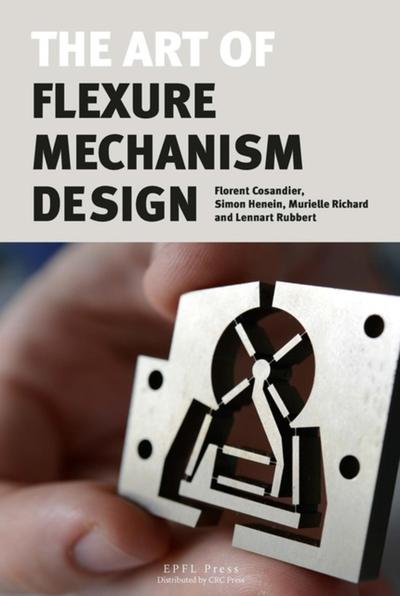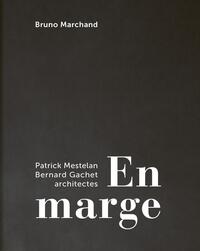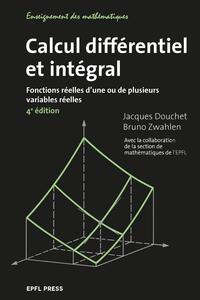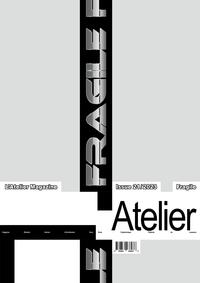Nous utilisons des cookies pour améliorer votre expérience. Pour nous conformer à la nouvelle directive sur la vie privée, nous devons demander votre consentement à l’utilisation de ces cookies. En savoir plus.
The art of flexure mechanism design
EAN : 9782940222568
Paru le : 8 mars 2018
-
 Livraison gratuite
Livraison gratuite
en France sans minimum
de commande -
 Manquants maintenus
Manquants maintenus
en commande
automatiquement -
 Un interlocuteur
Un interlocuteur
unique pour toutes
vos commandes -
 Toutes les licences
Toutes les licences
numériques du marché
au tarif éditeur -
 Assistance téléphonique
Assistance téléphonique
personalisée sur le
numérique -
 Service client
Service client
Du Lundi au vendredi
de 9h à 18h
- EAN13 : 9782940222568
- Réf. éditeur : 857543
- Collection : EPFL-PRESS
- Editeur : Pu Polytechnique
- Date Parution : 8 mars 2018
- Disponibilite : Epuisé
- Barème de remise : NS
- Nombre de pages : 284
- Format : H:246 mm L:165 mm E:22 mm
- Poids : 670gr
- Interdit de retour : Retour interdit
-
Résumé :
Flexure mechanism design is an art, and this book provides the theoretical and practical foundation for scientists and engineers to express their creativity in this field. Flexure mechanisms, also known as compliant mechanisms, rely on the elasticity of matter to provide motion to mechanism linkages. Flexure mechanisms eliminate the disadvantages of classical joints: friction, wear, lubrication and play, while permitting monolithic design. Flexure-based mechanisms have gained prominence in a wide variety of fields including robotics, surgical instrumentation, aerospace, astronomy, particle accelerators, metrology and horology.
This book establishes a conceptual framework for the design of flexure-based articulated structures. Topics featured deal with the theoretical foundations for the design of translational and rotational flexures, the simple kinematic analysis of flexure-based mechanisms, and advanced kinematic approaches to the design of complex flexure-based mechanisms using modules in parallel or serial arrangements. The book also features detailed examples of long stroke flexure mechanisms used in metrology applications, and a detailed example of planar flexure mechanisms having out of plane functionality and used in surgical applications. This book aims to provide scientists and engineers with a conceptual tool, an analytic methodology and the key references for their precision engineering needs.





















